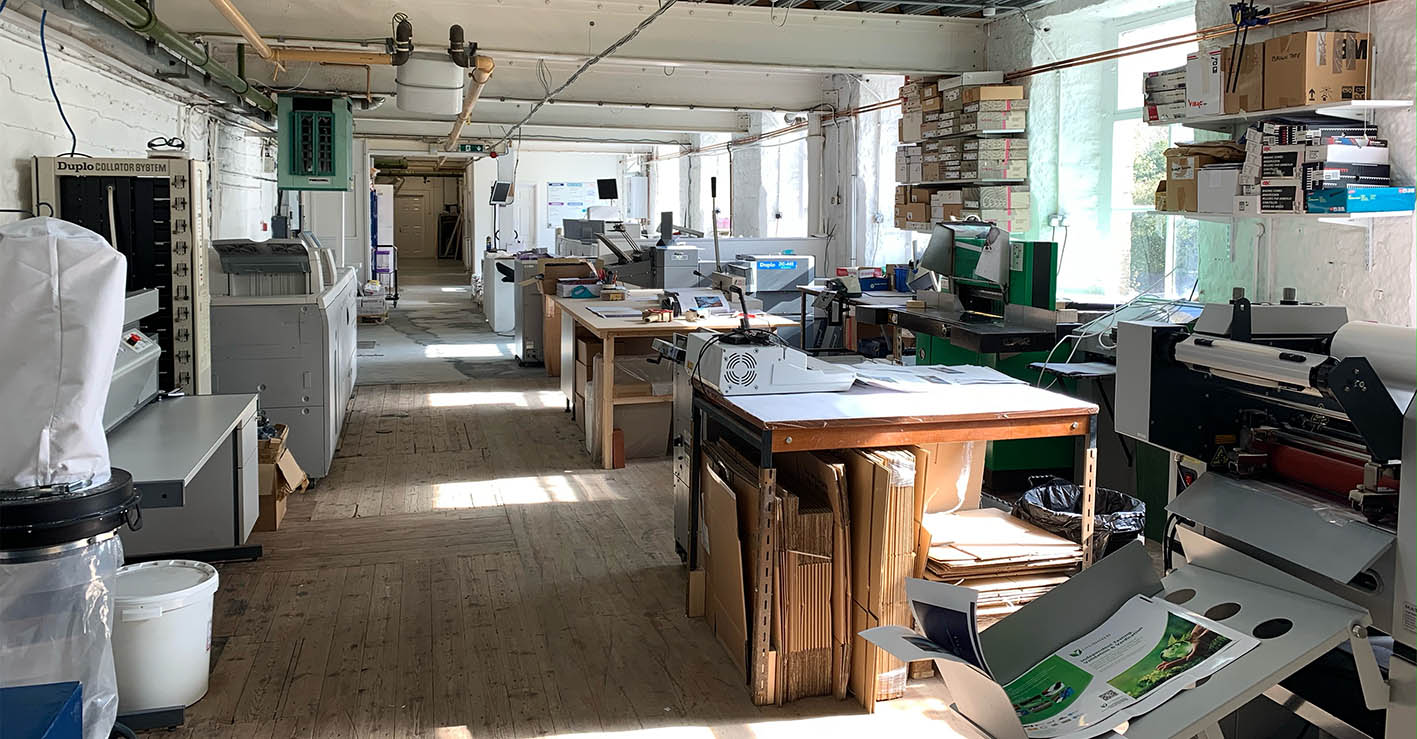
The big question… Why?
In an age where buzzwords and rhetoric spin around endlessly. Falsities around being kind to the environment by using electronic communications bluff their way into everyday life. Why does print or physical marketing matter?
We exist to provide the following
- • enable successful businesses/organizations to engage with effective physical touchpoints
- • assist SMEs / charities to deliver effective physical branding to enforce their presence in their primary customer touchpoints
- • enable more accountable communications with known carbon footprint materials
What drives us… in a physical world, where being seen is a significant challenge. The reality of physical provides a great opportunity to help SMEs and third-sector organizations to create reality, and retention whilst resonating with an audience in a meaningful way.
The power of print, aka physical marketing, lies in the ability to connect. Connections are created through, the impact of the message; evoking the senses, visual and touch. Print through its lesser utilization due to mass market digital communications being cheap and overused, means print holds a unique power of trust, and reality, there at the moment, with no distractions. When coupled with creativity in a proper design, and well-written content, it has leverage in a very different way. Add in personalized or localized to make the message even more relevant to the recipient, and the engagement level increases further.
As a multi-disciplinary print provider, we don’t just print on paper, but everything through to large format items like banners and signage, through to garments and apparel. Delivering a wide range of physical items ready to take your brand. Delivery of this range of items, allows us to support our customers more fully in delivering their message, even just reminding people of who they are. Of course, this can be subliminal, working in the background.
We don’t live in silos, unlike some graphic communication providers. We know and understand the power of connecting digital communications with print. We don’t profess to be experts in digital communications, however, understand what you can do. Hence why you won’t find us selling websites, social media support or other digital products. At the heart of what we do is the power of physical media through print. We understand the paper, and the nuisances of print finishing, which allows us to better specify strong campaigns and items in print.
Don’t think we are not connected, we do understand marketing basics, we have professionals in other disciplines we love to work with. We will ask, what is your call to action? How do you want to measure or quantify parts of marketing tools? How are you distributing or connecting with people who might be your ideal audience? These aren’t hostile questions, purely us making sure you have thought through a customer journey, where are you wanting them to go next and why.
As for being accountable, we can identify sources of paper, substrates, garment stock and pretty much everything that flows through our print studio. From the shortest journeys of Kendal to Preston and us in Halifax, or paper manufactured in Portugal. With toner which is compostable, latex large format ink. We are well aware of every item we use in our processes. We’d like to challenge you to think of the carbon used in digital communications- you’ll struggle to fully identify every element or resource used.
Above all, we care about what we do, try to be properly responsible, and have some ethics along the way. Perhaps we are an exception to life in modern business society, we aim to be credible, through being responsible. We work best when in partnership with our customers, helping them to achieve whilst delivering progressive development for all involved. Making us part of the bigger community, valued and adding value where we can.





